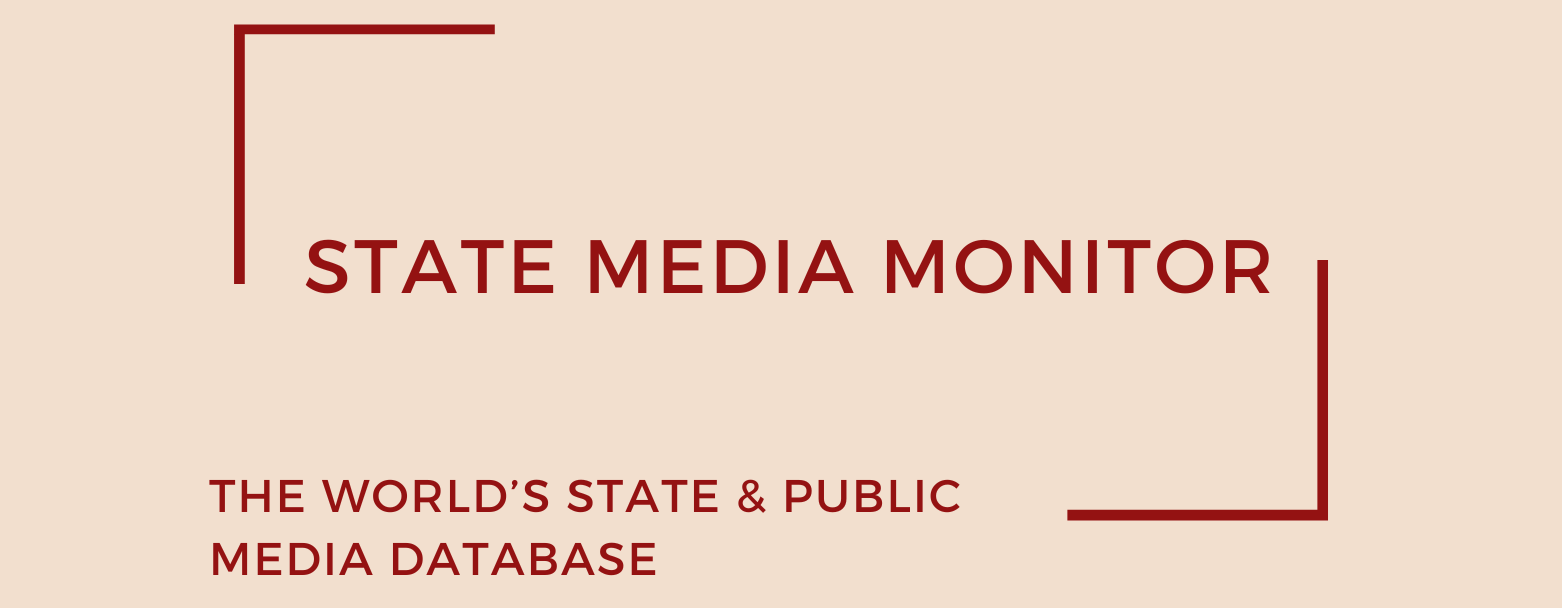Special Broadcasting Service (SBS)
SBS’s origins trace back to 1975 with the inception of two experimental ethnic radio stations, 2EA in Sydney and 3EA in Melbourne, initially licensed for brief three‑month stints to inform multicultural communities about imminent changes to Australia’s healthcare system. Three years later, in 1978, SBS was formally constituted, with a clear cultural mission: to deliver multicultural and multilingual broadcast content for Australia’s richly diverse communities. Today, SBS operates six free‑to‑air television channels and nine radio stations, offering a vibrant mosaic of programming across media platforms.
Media assets
Television: NiTV, SBS Viceland, SBS Food, SBS World Movies; Radio: SBS Radio
State Media Matrix Typology
Independent State-Funded (ISF)
Ownership and governance
The statutory underpinnings of SBS were laid by the Broadcasting and Television Amendment Act 1977, bringing the broadcaster into legal existence, followed by the Special Broadcasting Service Act 1991 (SBS Act), which established SBS as a corporation and enshrined its public charter.
Governance is entrusted to an independent Board of Directors, appointed in a manner akin to that of the ABC. As of mid‑2025, the Board has initiated a leadership transition following the resignation of long‑serving Managing Director James Taylor. Jane Palfreyman, previously Chief Marketing and Commercial Officer, has been appointed Acting Managing Director effective 28 August 2025, pending a global search for his successor
Source of funding and budget
From its inception, SBS has combined government appropriations with commercial income. The 1977 Act allowed sponsorships (with ministerial approval), while the 1991 SBS Act authorised the broadcaster to carry advertising under capped limits. Even so, the lion’s share of SBS’s resources continues to derive from state funding.
In the financial year ending 30 June 2021, SBS received a state subsidy of A$296 m (US$211 m), representing nearly 70% of its budget. In the following fiscal year (2021–22), government funding rose to A$310 m, with SBS generating A$153 m in commercial revenue. The government also pledged A$335 m annually for the subsequent five years. For the year ending June 2023, SBS reported A$316.8 m (US$211 m) in state subsidies and nearly A$173 m in self-generated revenue.
According to the 2024–25 Portfolio Budget Statements, SBS’s total revenue is forecast at A$507.8 million, with A$350.3 million from government sources. The 2025–26 forecast projects total revenue of A$537.8 million, comprising A$359.2 million in government funding and A$178.7 million in commercial/own-source revenues.
Editorial independence
SBS, like the ABC, is bound by statutory protections against political interference. The SBS Act 1991 safeguards its editorial and administrative independence, while a robust complaints system, regular government-commissioned performance reviews, and community engagement mechanisms ensure accountability. Public trust in SBS remains high, reflecting its reputation for independence and inclusivity.
There are assessment and oversight mechanisms in place. The Ministry of Communications and the Arts regularly commissions independent reviews of SBS’s performance, and these reports are made public. Moreover, SBS has well-established systems for handling editorial complaints, ensuring transparency in its decision-making and editorial practices. Community engagement is integral to its operation, with numerous avenues for audiences to monitor, follow, and participate in SBS activities.
These structures have largely been respected in practice, and the broadcaster continues to be regarded as one of the country’s most trusted media institutions.
August 2025
Citation (cite the article/profile as part of):
Dragomir, M. (2025). State Media Monitor Global Dataset 2025.
Media and Journalism Research Center (MJRC).
Zenodo.
https://doi.org/10.5281/zenodo.17219015
This article/profile is part of the State Media Monitor Global Dataset 2025, a continuously updated dataset published by the Media and Journalism Research Center (MJRC).
